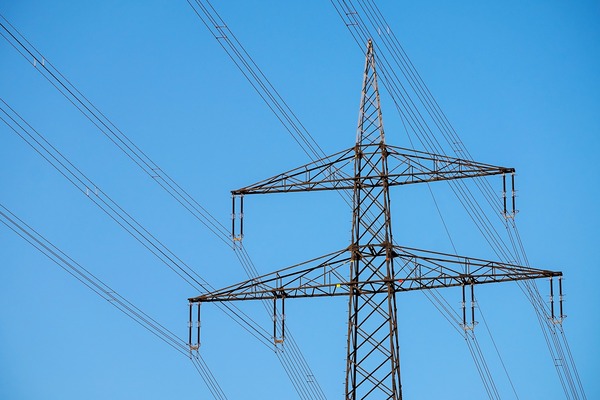Ewen McRae
By Ewen McRae
Moorabool council has called on the state government to set Victoria up for a greener future, as plans for a major transmission line project continue.
The new Western Victoria Transmission Network Project will transport power across more than 200 kilometres of regional Victoria, including Moorabool and Melton. While a route has not been finalised it is proposed for hundreds of above ground power lines to deliver the project.
Moorabool mayor David Edwards urged the government to focus on greener alternatives, such as underground lines, to safeguard the project for the future.
“During the review of the Environment Effects Statement, the Victorian government needs to demand that the underground option is fully investigated and ensure this project is done in a way that does not only benefit those in metropolitan Melbourne but also does not destroy the livelihoods of regional Victorians,” Cr Edwards said.
The project was referred to Planning Minister Richard Wynne on June 19 to decide whether an Environment Effects Statement (EES) would be required.
Residents who are concerned about the impact of the proposed power lines have formed the Moorabool and Central Highlands Power Alliance to help drive discussion with the project operators and have their concerns heard.
Cr Edward said a recent announcement that one of the state’s biggest wind farms, located within Moorabool, would power about 230,000 average Victorian homes each year, further highlighted the need for the transmission infrastructure to transport green power to metropolitan Melbourne.
“Council is calling on the Victorian government to listen to the concerns of the Moorabool community in these unprecedented times,” he said.
“It is vital that the compounding impact that the transmission project, and other state significant projects, will have on communities in our shire is acknowledged.
“Nobody has been able to provide evidence as to why the transmission lines cannot be put underground to minimise the loss of agricultural land and remove the visual impacts on our landscape for decades to come.”







